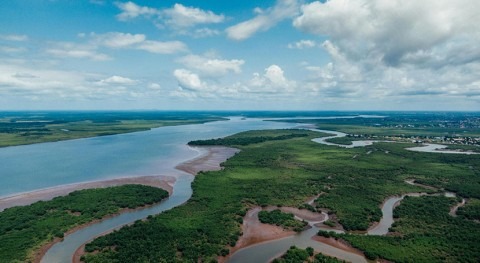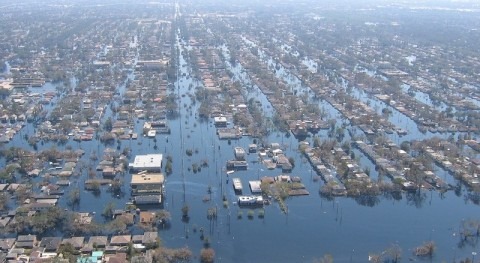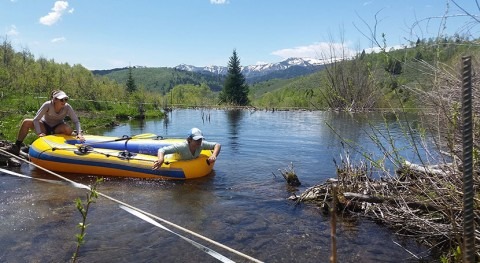Like humans, lakes are living systems that can suffer from a number of health issues, including circulatory and respiratory problems, infections, nutritional imbalances, and heat-related illnesses. Without treatment, these conditions can become chronic, harming lake ecosystems and those who depend on them. More than 12% of the world's human population, for instance, lives within 3 kilometers of a lake.
In a new study, published in Earth's Future, researchers suggest using human health terminology and approaches to assess and treat the world's lake system issues. For example, lakes with multiple health problems could be characterized as having "multimorbidity," and regular screenings similar to human checkups could help detect issues in lakes early. These anthropomorphic analogies, the researchers report, may help people better connect with and protect nature.
Some high-income countries have methods to assess lake health, but the team introduced a global classification system modeled after the World Health Organization's human health classification system.

Lakes are living systems that can suffer from a large variety of health issues, similar to humans. Credit: Earth's Future (2024). DOI: 10.1029/2023EF004387
They used data from LakeATLAS for nearly 1.5 million lakes worldwide to examine lake maladies of the circulatory (such as flooding and drying out), metabolic (such as acidification and salinization), nutritional, and respiratory varieties—along with other types of disturbances. Researchers categorized lake health from excellent to critical. Around 115,000 lakes evaporate twice as much water as they receive, putting more than 153 million people who live near these lakes at risk.
Some lake health symptoms, such as algal blooms, fish kills, and floating pollution, are readily visible via processes like satellite observation. But other concerns can be revealed only with diagnostic tests, which, like diagnostic tests for humans, can be expensive.
The team recommended additional screening, including testing water samples or installing inexpensive sensors, to get a fuller picture of health. They also noted that many lake health issues are widely recognized but not yet treated, especially in lower-income countries.
They stressed that there is an urgent need to start coordinated, multidisciplinary treatments for unhealthy lakes so conditions do not become chronic or critical. In particular, treating sewage water, mitigating climate change, and counteracting damage done by humans and nonnative species should be prioritized.


















